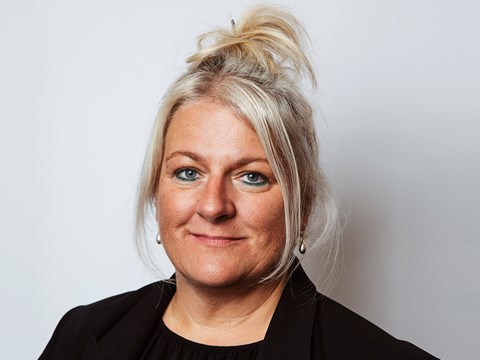Client/Agency Collaboration: Easy To Talk About, Hard To Do – Vicky Gillan
02 Jan 2017
It’s never been more important to clients that their agencies work well together.
The 2016 AAR Client: Agency Research found 85% of clients – and 77% of agencies – agree that collaboration works best when the client actively takes responsibility to set and manage expectations, but only 31% of clients say it’s something they always do. So why aren’t more of them doing it?
It’s certainly not that clients don’t realise the urgency of getting better collaboration among their agencies. According to the same research, the top three challenges marketers face are: increasing competition; ideas and innovation; and getting the best ideas from their agencies. All these challenges have become significantly more important in the two years since we last did the survey, and I’d argue that meeting all of them involves getting the best out of an agency roster. And that in turn means getting agencies to collaborate.
What’s more, the research showed that if clients could have more of one thing from their agency, it would be strategic planning. Apply that to a roster of agencies and once again it sounds a lot like what’s needed is better collaboration.
I see four key barriers that need to be addressed in getting agencies truly collaborating; not just cooperating so that the same logo appears on all parts of a campaign, but actively sharing knowledge and ideas.
The first is the structure of the client business. What chance is there of getting your agencies to work together if your business is run as a set of silos that don’t always communicate well, and which work to rigid internal budgets, defeating the principle that a good idea can come from anywhere?
The second problem is the commercial terms your agencies are working under. That’s why it’s important to align their success metrics as much as possible, and to ensure the basics – such as time attending meetings, travelling time and locking in the right level of resource – are discussed up front so they don’t become blocks to effective collaboration.
The third problem is ingrained assumptions about agency relationships. For example, you might think that agencies within the same network would be more geared up for collaboration, but it’s often not as simple as that. A client I once worked with thought employing three agencies in the same network would mean one point of contact; instead they ended up talking to three different account teams. The lesson is to question everything.
And the fourth problem is that clients are still hoping agencies will sort things out for themselves. I regularly hear how disappointed clients are, how they want their agencies to play nicely together. But when I ask them what they’ve changed to make that happen, the answer is usually very little in real terms.
So with that in mind, here are my top ten tips for building collaboration among your agencies.
1. Never make assumptions. Spell everything out from the beginning. Tell everyone what you expect from them, and set out the procedures you want them to follow. Collaboration is easy when everyone agrees, but make sure you’ve set the rules for behaviour when and if they don’t.
2. Never brief an agency on their own. Establish the importance of working together from the start, and encourage the sharing of information that is the basis of true collaboration.
3. Actively manage the process. It’s not enough to tell people what you want them to do; you need to make sure it’s happening. But clearly you can’t be everywhere, so concentrate on managing where it matters most. Make sure the culture of collaboration is established there, then move on.
4. Make sure your agencies have at least half their KPIs in common. Telling your agencies they’re working towards the same goals is one thing; giving them common KPIs makes that idea concrete. But you have to apply the same rules to your internal teams as well.
5. Nip bad behaviours in the bud. You may have siloed teams working with specialist agencies, but you don’t have to act that way. Make sure no-one’s hoarding knowledge, and once again, make sure what you want is clear to your internal teams as well as your agencies.
6. Include collaboration metrics in your assessment of your agencies. Get your agencies to rate each other’s performance in working together.
7. Accept not all agencies are equal. You can’t involve every agency all the time. Instead, be clear about each one’s role and scope, and brief them accordingly.
8. Make sure your internal processes support collaboration. This applies to the whole business, not just the marketing department. Anyone who works with marketing – from sales to procurement – needs to know what you’re trying to achieve.
9. Less email, more face-to-face. The world has gone email-mad, massively increasing the possibility for misunderstandings and misinterpretations. No-one needs more pointless meetings, but encourage people to talk face-to-face, not least because…
10. Relationship-building takes time. At its heart, collaboration is about trust, and that can take time to establish when you’re faced with internal challenges and when the businesses you want to collaborate may well be competing elsewhere. Time invested here will pay off, but don’t expect it to happen immediately.
There is no doubt this is a cross-industry, cross-discipline and cross-category issue, and one for which there is no simple solution. But it’s an issue well worth focusing on in our quest for faster, cheaper and, ultimately, better.
About The Author




